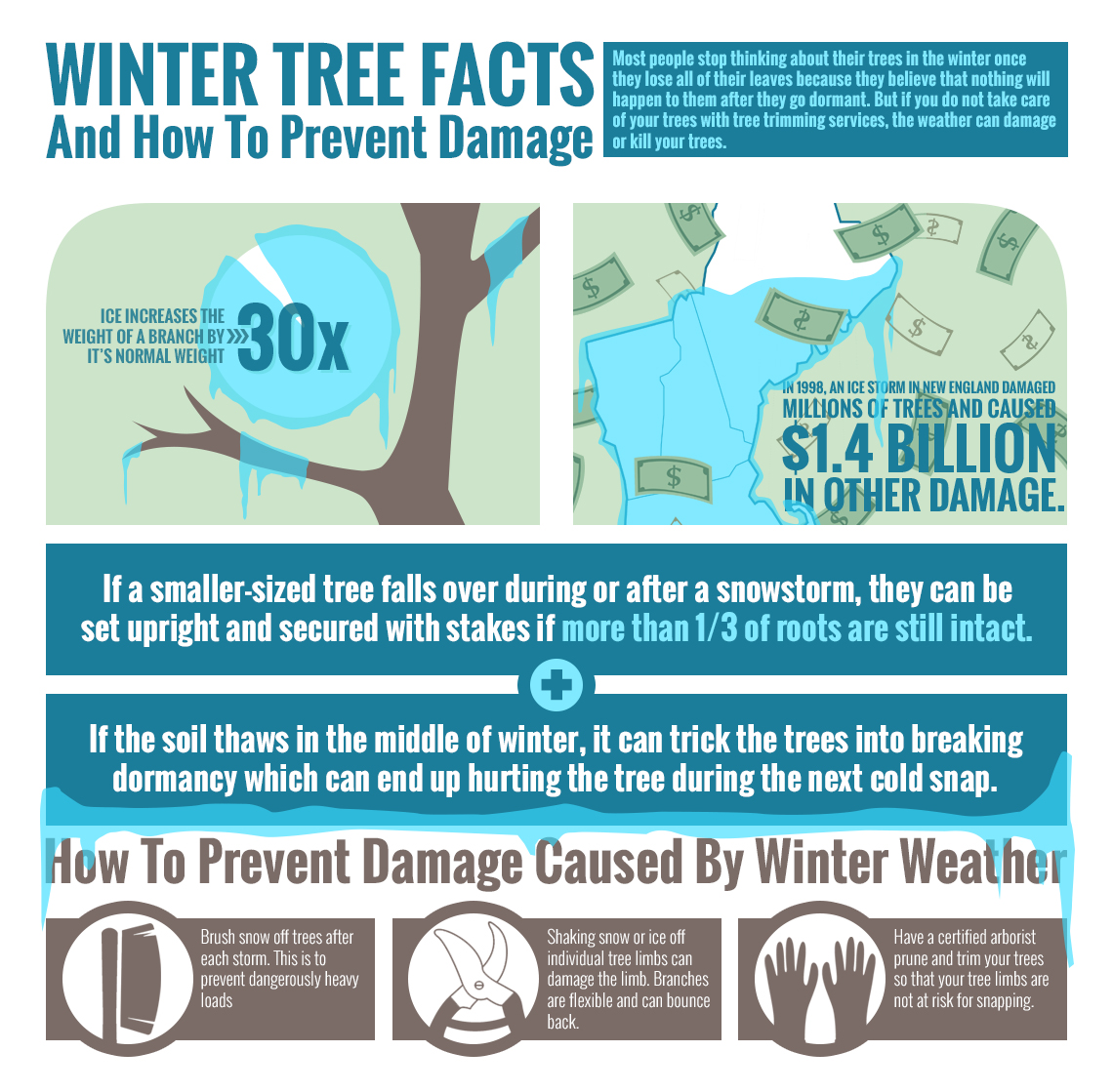Indication For Tree Elimination: Just How To Spot Dangerous Trees
Indication For Tree Elimination: Just How To Spot Dangerous Trees
Blog Article
Uploaded By-Lillelund Goodman
When it comes to tree treatment, acknowledging the indicators that it's time for removal is vital for your safety and security and home. You may discover discolored leaves, wilting branches, or weird fungal growths suggesting health problems. Architectural concerns, like a substantial lean or fractures in the trunk, can also posture dangers. Comprehending these warning signs can aid you make informed decisions concerning your trees and protect against potential risks lurking in your backyard. What should you look for next?
Indications of Decay and Disease
When you see indicators of decay and condition in your trees, it's critical to act swiftly. Search for stained leaves, wilting branches, or unusual developments like fungi. These can show that your tree is battling.
If you see splits in the bark or soft, mushy timber, these symptoms recommend inner decay. In https://howtoremovesmallstumps28395.blog-eye.com/35418497/tree-stump-removal-proven-approaches-for-a-safe-and-reliable-yard-clean-up , an unexpected rise in pests around your tree can signal that it's deteriorated and at risk.
Check for any dead or dying arm or legs, as they present a threat to your residential or commercial property and safety and security. If https://www.dwell.com/article/6-backyard-landscape-designs-that-need-minimal-maintenance-220ece7a doubt concerning what you see, getting in touch with an arborist can offer quality.
Addressing these indicators early can conserve you from much more comprehensive damages and guarantee the health of your yard. Don't wait up until it's far too late.
Structural Instability and Leaning
As you observe your trees, keep an eye out for any indications of architectural instability or leaning. If a tree leans dramatically, it might indicate that the root system is endangered.
Search for any fractures in the trunk or dirt around the base; these can indicate prospective failure. In addition, check for uncommon development patterns, like an uneven crown, which may recommend that the tree is struggling to hold itself upright.
If you see that the tree leans toward your home, high-voltage line, or various other structures, it presents a better risk. Don't overlook these indicators-- seek advice from an arborist to analyze the situation.
Taking action early can protect against costly damages and guarantee your security.
Dead or Dying Branches and Vegetation
If you discover dead or passing away branches and foliage on your tree, it's a clear sign that something's incorrect.
These unhealthy locations can show underlying problems like condition, parasite problems, or ecological stress and anxiety. When branches lose their leaves or transform brownish, they're no longer contributing to the tree's health. Ignoring these indications might result in more decrease, making your tree a lot more hazardous.
Dead branches can conveniently break short throughout tornados, presenting a risk to building and individuals close by. It's crucial to evaluate the degree of the damage.
If the issue influences a substantial part of the tree, think about speaking with an expert. They can aid determine if removal is required to guarantee safety and security and keep the elegance of your landscape.
Final thought
If you discover any type of indications of decay, structural instability, or dead branches on your trees, don't disregard them. These signs can pose significant security risks to you and your home. It's always best to seek advice from a professional arborist who can provide a specialist analysis of your trees. Taking action early can avoid accidents and pricey damages, ensuring your landscape remains risk-free and healthy. Bear in mind, it's much better to be positive regarding tree treatment than to wait on a disaster to take place.
